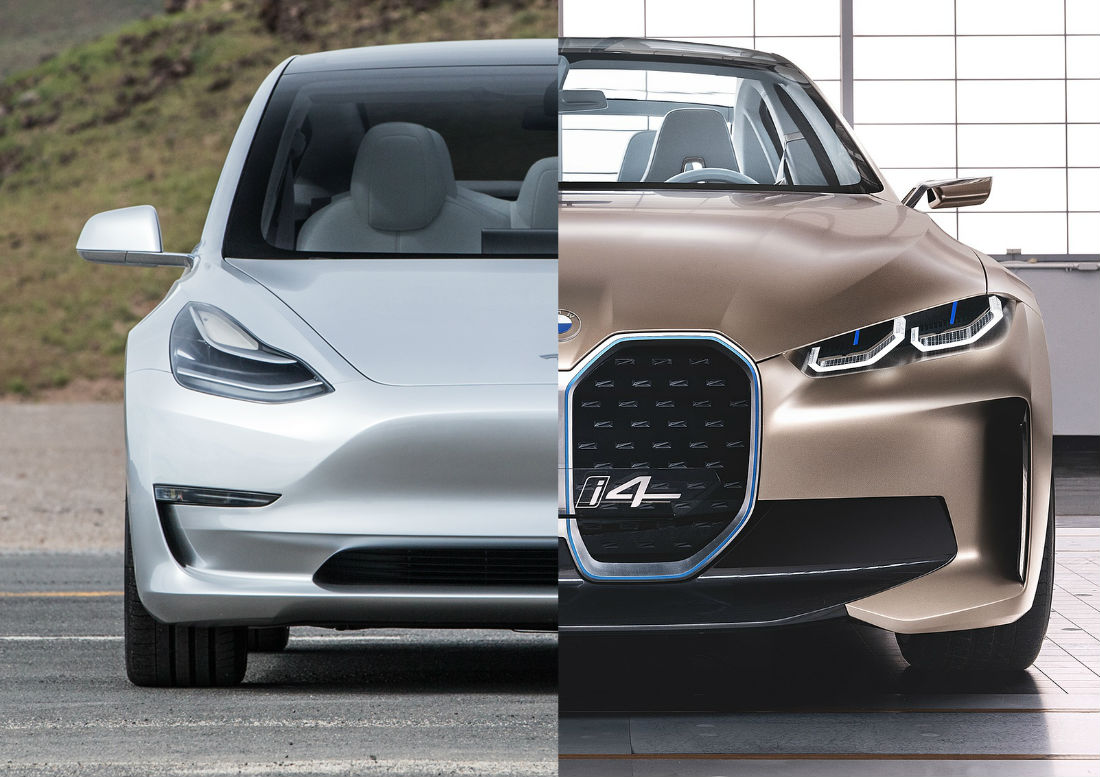

News
Tesla Model 3 vs BMW i4: How hubris is killing a potential ‘Tesla Killer’
Recently, BMW took the wraps off yet another one of its concept electric vehicles, the i4 sedan. The BMW i4 is poised to rival the Tesla Model 3, an electric car that is so disruptive, it is shaking up the midsize high-performance sedan market. Unfortunately for the German carmaker, one has to wonder if BMW’s efforts with the i4 are simply far too late.
Behind the possible clash between the Tesla Model 3 and the BMW i4 is a history that spans years, all the way back to 2013, when Tesla was just starting the production of its flagship Model S and the German automaker was coming up with the i3. But despite the two vehicles being all-electric cars, they could not be any more different.
Tesla designed the Model S as a sedan that can take on the Mercedes-Benz S-Class, and it has the looks, range, and performance to match. BMW, on the other hand, designed the i3 like a novelty vehicle, with a carbon fiber body, limited range, and performance that’s at home in inner-city streets. This distinction between the Model S and i3 foreshadowed the future of the two companies’ electric vehicle programs, as Tesla would follow up on the Model S with the Model X and Model 3, and BMW would end up being stuck with the i3 until today.
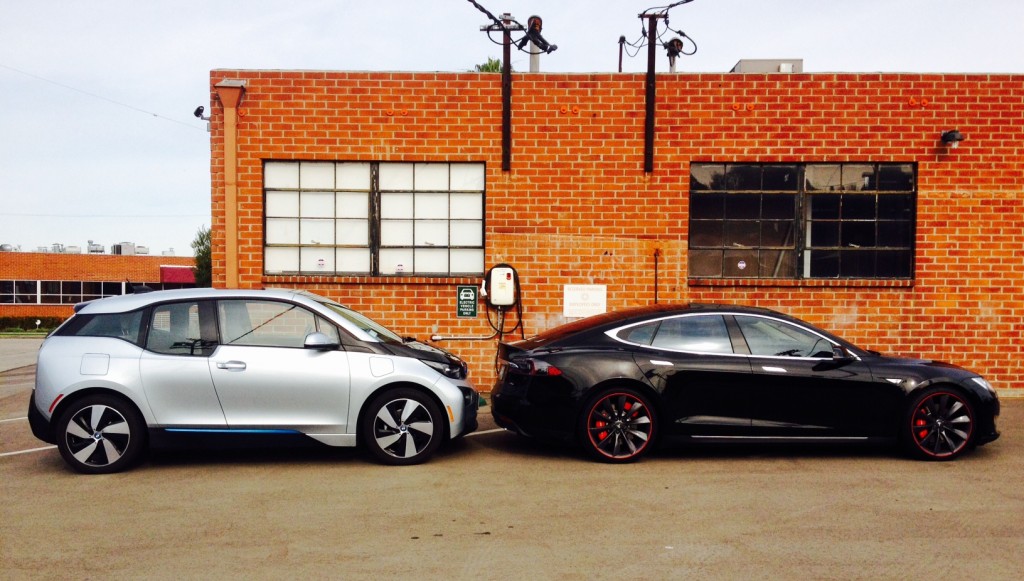
Yet despite having just one key pure electric car in its lineup, BMW has put a lot of effort in convincing the auto industry that it is taking electric vehicles seriously. Concept after concept was unveiled to much fanfare, but so far, none of the company’s fancy vehicles like the iNext have a legitimate release date. While this was happening, Tesla was growing, refining its processes, and making its vehicles like the Model 3 even better.
The Model 3 may not be the quickest vehicle in Tesla’s lineup, but it is the most disruptive. Priced aggressively and designed to take on the most established premium midsized sedans like the BMW 3-Series and the Mercedes-Benz C-Class, the Model 3 was poised to make waves, and make waves it did. The Model 3 Performance, the most powerful of the lineup, even managed to beat the legendary BMW M3 on the track, hands down. The idea of an electric sedan outperforming the M3 on the track would have probably warranted mockery had it been suggested during the days of the Model S and i3, but it is a painful truth that the German automaker has to swallow now.
It was not long before it was evident that the i3 won’t be enough to take on vehicles like the Model S or Model 3. Yet, BMW seemed to still take its sweet time developing its electric cars, with some executives even adopting the narrative that there is not enough demand for pure EVs anyway. It is then unsurprising that today, Tesla’s lead in electric mobility has become so stark, it is almost embarrassing for some legacy automakers like BMW.
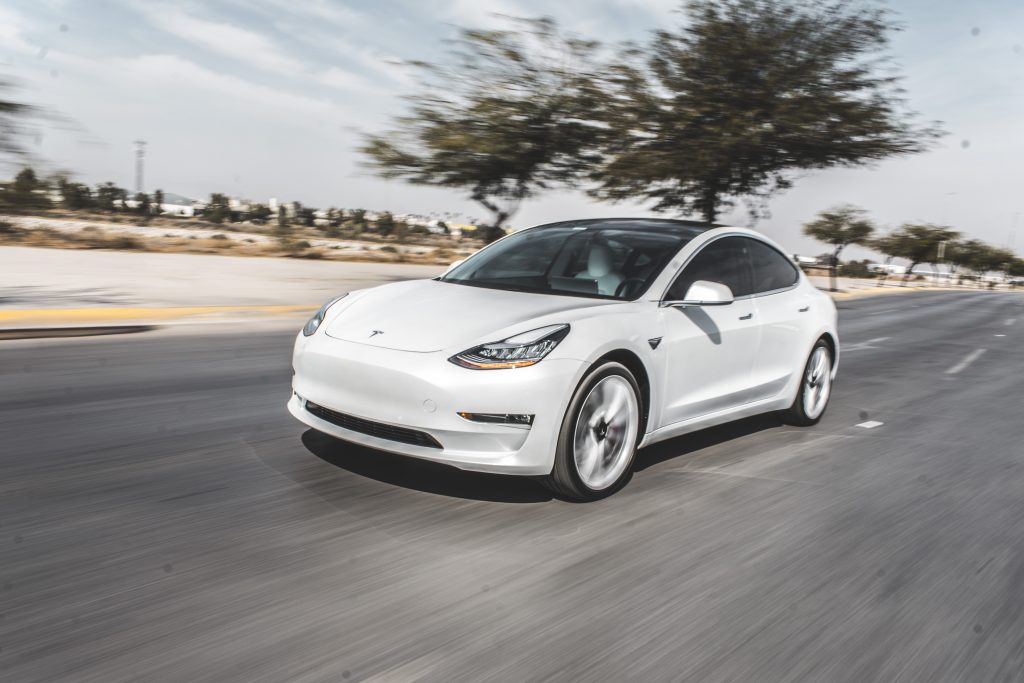
When BMW announced the unveiling of its i4 concept on Twitter, the electric vehicle community immediately poked fun at the automaker for showing off yet another concept car. The car had impressive specs, though, with BMW stating that the i4’s single motor will generate about 530 hp, about on par with one of the automaker’s V8 engines. The i4 is pretty quick too, with a 0-62 mph time of about 4 seconds. Range-wise, estimates point to the i4 having about 270 miles in between charges.
While these specs are decent and a notable improvement over the i3, the i4 does show several signs suggesting that BMW is still not going all-in on electric cars. A look at the vehicle’s exterior alone shows that the i4 is still designed like a conventional car, with a long sloping hood that lacks any sort of frunk due to the space being allotted for electronics. Overall, the i4 boasts an attractive design that would likely end up being a template for the next-generation BMW 3-Series, but a ground-up EV it does not seem to be.
And here lies the issue with BMW so far. It appears that even after years of the i3 never really taking off, the company is still under the impression that it can ride the EV wave with a car that is just adequate in features and performance. Considering BMW’s long history as an automaker, such appears to be a big sign of hubris. And at this point in the EV race, that could be very costly.
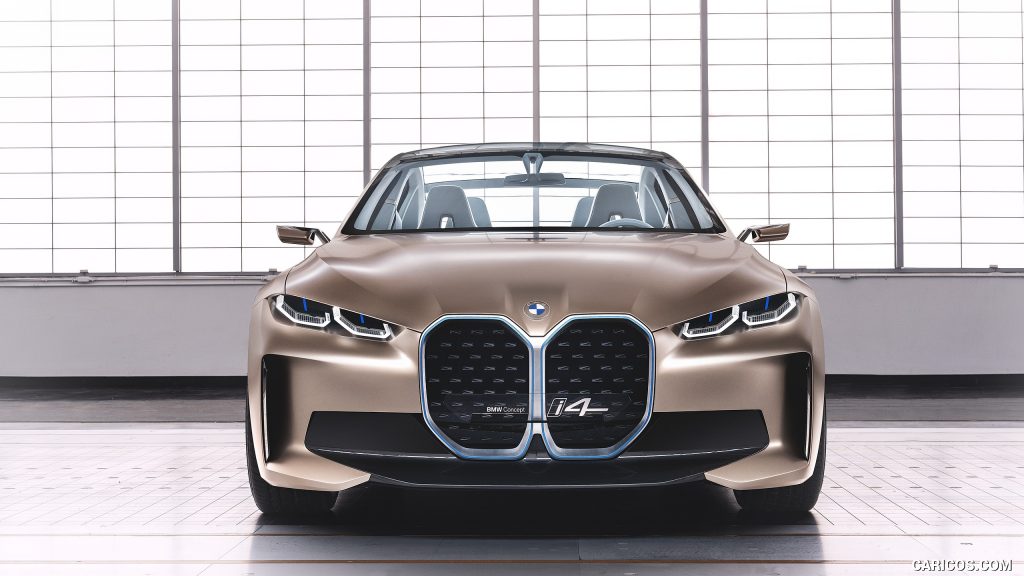
BMW is one of three prolific auto houses in Germany, and so far, it is the one that seems to be lagging behind the most when it comes to electric vehicles. Daimler may be seeing challenges with the Mercedes-Benz EQC, but the company has some fallback in the company’s electric trucks like the Freightliner eCascadia, which only has a few rivals like the Tesla Semi.
Volkswagen has adopted a very aggressive strategy with its EV push. So serious is VW with its electric cars that the company’s CEO, Herbert Diess, is pretty much putting his career on the line to ensure that the automaker can roll out a mass-produced vehicle like the ID.3, a car that has the potential to be this generation’s Beetle. And then there’s BMW, still with its concepts, and a Model 3 competitor that is still over a year away at the best case scenario.
The term “Tesla Killer” has become ubiquitous with the number of electric cars that are being developed by legacy automakers. Yet over the years, each and every one of these alleged killers, from the Chevy Bolt to the Jaguar I-PACE, have proven to be incapable of outgunning Tesla’s electric cars in their own game. For the i4 to be a legitimate rival to the Model 3, it must beat Tesla with not just its badge’s pedigree. Otherwise, BMW may end up killing its “Tesla Killer” even before it had a chance to compete, thanks to an EV effort that is uninspired at best.

News
Tesla dominates in the UK with Model Y and Model 3 leading the way
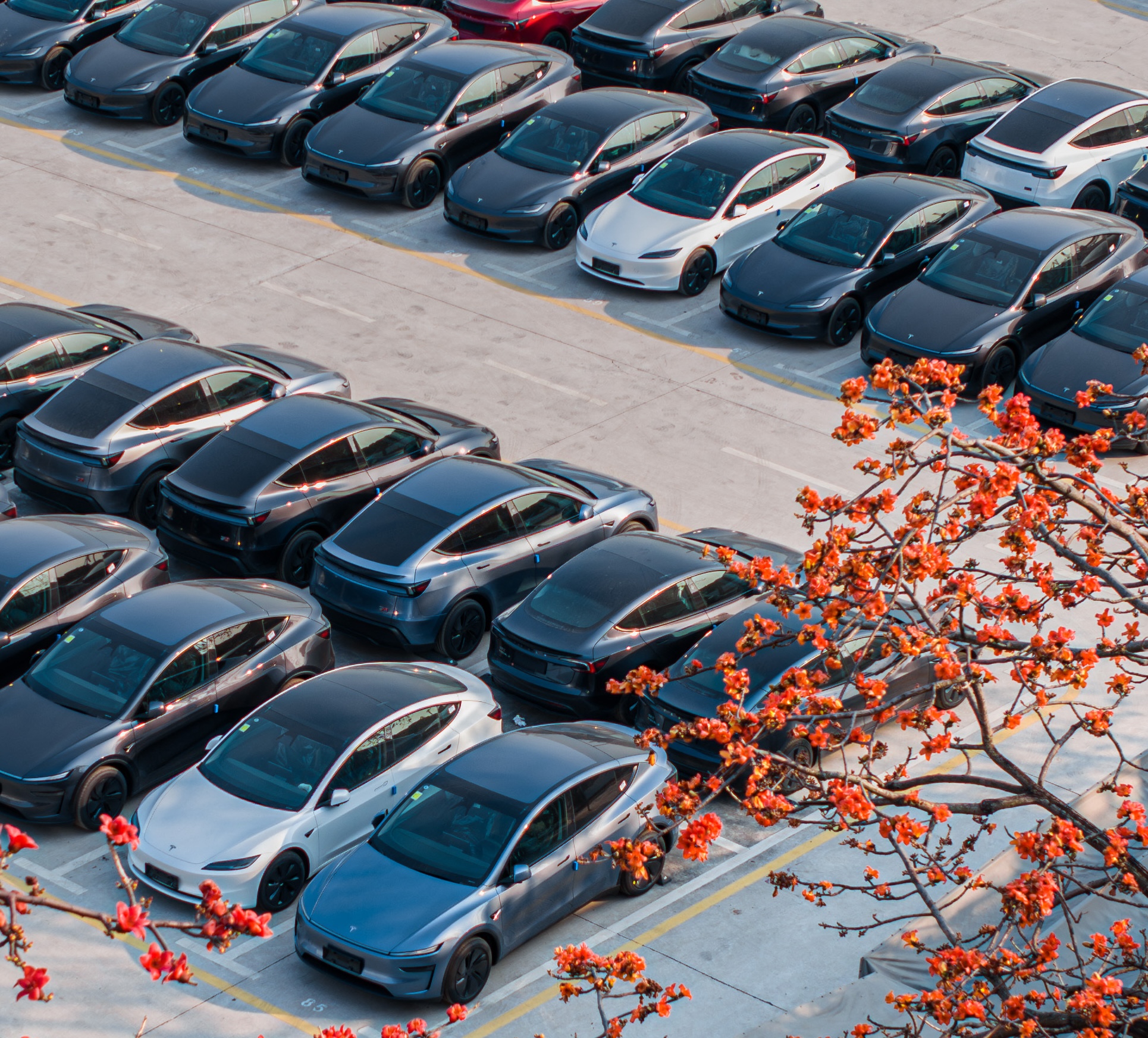
Tesla is dominating in the United Kingdom so far through 2025, and with about two weeks left in the year, the Model Y and Model 3 are leading the way.
The Model Y and Model 3 are the two best-selling electric vehicles in the United Kingdom, which is comprised of England, Scotland, Wales, and Northern Ireland, and it’s not particularly close.
According to data gathered by EU-EVs, the Model Y is sitting at 18,890 units for the year, while the Model 3 is slightly behind with 16,361 sales for the year so far.
The next best-selling EV is the Audi Q4 e-tron at 10,287 units, lagging significantly behind but ahead of other models like the BMW i4 and the Audi Q6 e-tron.
GOOD NEWS 🇬🇧 Tesla is absolutely crushing the UK electric vehicle market in 2025 💥
The numbers are in, and the dominance is clear. With an impressive amount of 42,270 vehicles delivered year-to-date, the brand now commands a solid 9.6% market share of the total auto market 🆒… pic.twitter.com/dkiGX9kzd0
— Ming (@tslaming) December 18, 2025
The Model Y has tasted significant success in the global market, but it has dominated in large markets like Europe and the United States.
For years, it’s been a car that has fit the bill of exactly what consumers need: a perfect combination of luxury, space, and sustainability.
Both vehicles are going to see decreases in sales compared to 2024; the Model Y was the best-selling car last year, but it sold 32,610 units in the UK. Meanwhile, the Model 3 had reached 17,272 units, which will keep it right on par with last year.
Tesla sold 50,090 units in the market last year, and it’s about 8,000 units shy of last year’s pace. It also had a stronger market share last year with 13.2 percent of the sales in the market. With two weeks left in 2025, Tesla has a 9.6 percent market share, leading Volkswagen with 8 percent.
The company likely felt some impact from CEO Elon Musk’s involvement with the Trump administration and, more specifically, his role with DOGE. However, it is worth mentioning that some months saw stronger consumer demand than others. For example, sales were up over 20 percent in February. A 14 percent increase followed this in June.
News
Tesla Insurance officially expands to new U.S. state
Tesla’s in-house Insurance program first launched back in late 2019, offering a new way to insure the vehicles that was potentially less expensive and could alleviate a lot of the issues people had with claims, as the company could assess and repair the damage itself.
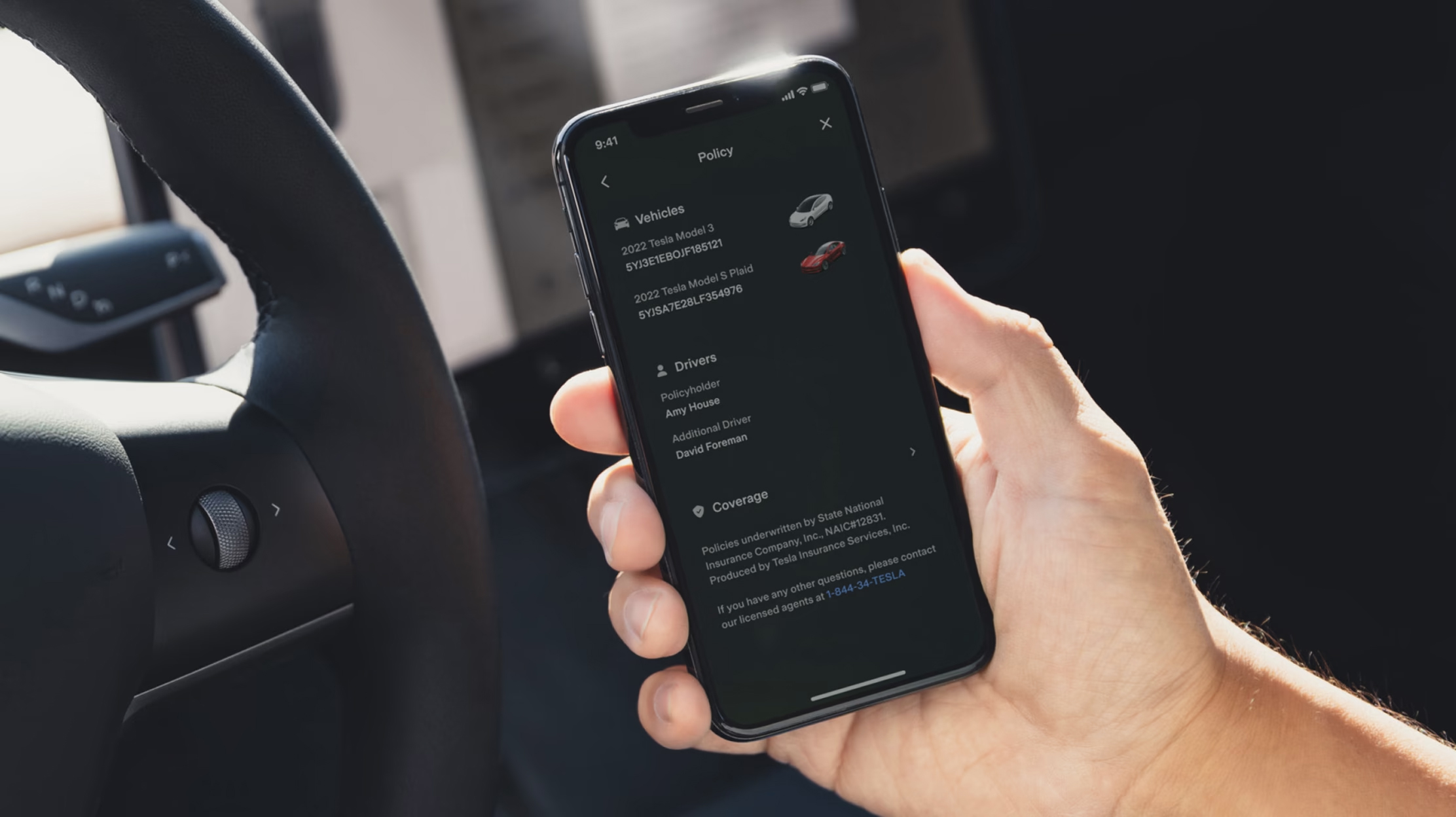
Tesla Insurance has officially expanded to a new U.S. state, its thirteenth since its launch in 2019.
Tesla has confirmed that its in-house Insurance program has officially made its way to Florida, just two months after the company filed to update its Private Passenger Auto program in the state. It had tried to offer its insurance program to drivers in the state back in 2022, but its launch did not happen.
Instead, Tesla refiled the paperwork back in mid-October, which essentially was the move toward initiating the offering this month.
BREAKING: Tesla Insurance has just officially launched in Florida.
This is the first new state to receive @Tesla Insurance in more than 3 years. In total, Tesla insurance is now available in 13 U.S. states (map in thread below of all the states).
Tesla Insurance in Florida uses… pic.twitter.com/bDwh1IV6gD
— Sawyer Merritt (@SawyerMerritt) December 17, 2025
Tesla’s in-house Insurance program first launched back in late 2019, offering a new way to insure the vehicles that was potentially less expensive and could alleviate a lot of the issues people had with claims, as the company could assess and repair the damage itself.
It has expanded to new states since 2019, but Florida presents a particularly interesting challenge for Tesla, as the company’s entry into the state is particularly noteworthy given its unique insurance landscape, characterized by high premiums due to frequent natural disasters, dense traffic, and a no-fault system.
Annual average premiums for Florida drivers hover around $4,000 per year, well above the national average. Tesla’s insurance program could disrupt this, especially for EV enthusiasts. The state’s growing EV adoption, fueled by incentives and infrastructure development, aligns perfectly with Tesla’s ecosystem.
Moreover, there are more ways to have cars repaired, and features like comprehensive coverage for battery damage and roadside assistance tailored to EVs address those common painpoints that owners have.
However, there are some challenges that still remain. Florida’s susceptibility to hurricanes raises questions about how Tesla will handle claims during disasters.
Looking ahead, Tesla’s expansion of its insurance program signals the company’s ambition to continue vertically integrating its services, including coverage of its vehicles. Reducing dependency on third-party insurers only makes things simpler for the company’s automotive division, as well as for its customers.
News
Tesla Full Self-Driving gets sparkling review from South Korean politician
“Having already ridden in an unmanned robotaxi, the novelty wasn’t as strong for me, but it drives just as well as most people do. It already feels like a completed technology, which gives me a lot to think about.”
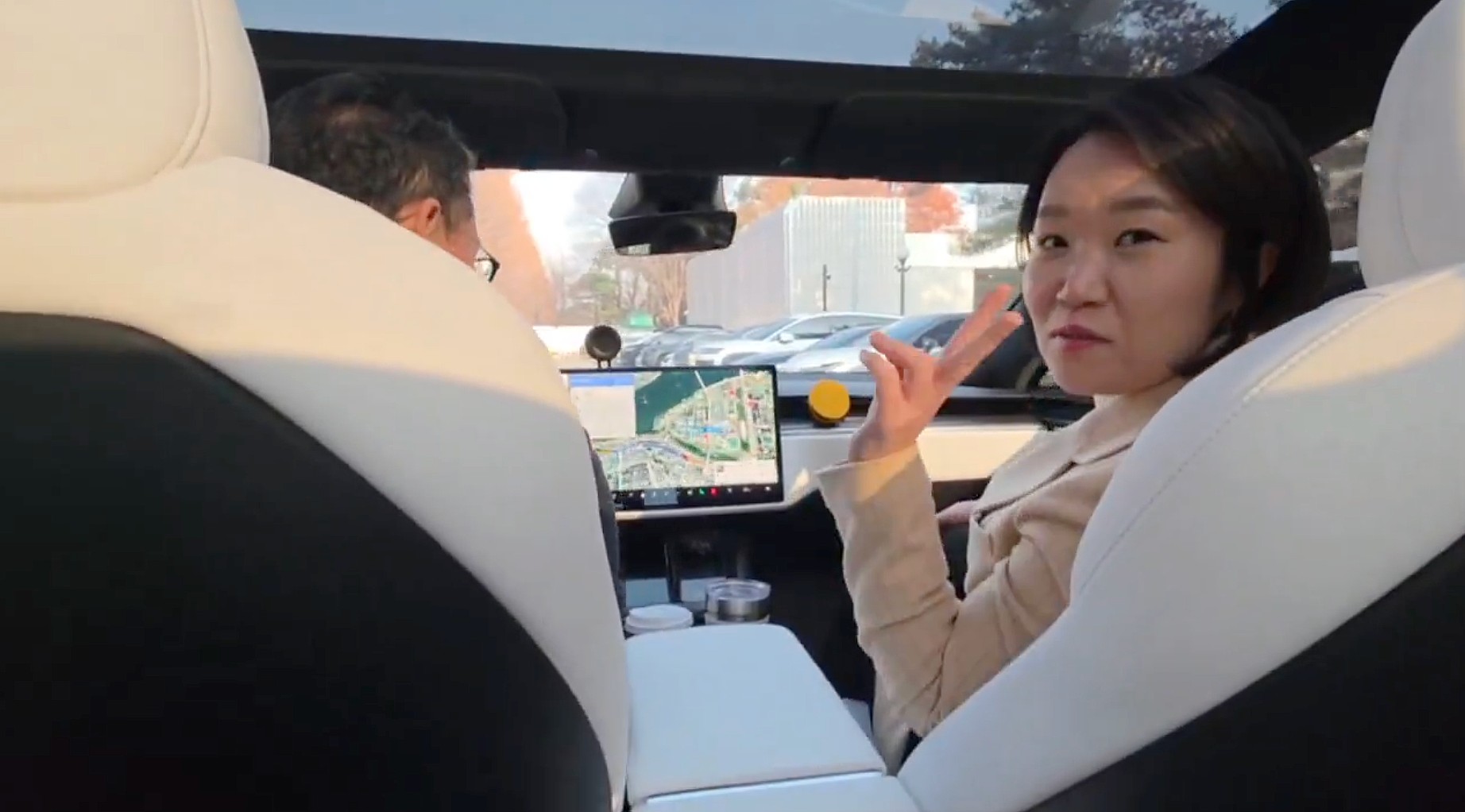
Tesla Full Self-Driving got its first sparkling review from South Korean politician Lee So-young, a member of the country’s National Assembly, earlier this week.
Lee is a member of the Strategy and Finance Committee in South Korea and is a proponent of sustainable technologies and their applications in both residential and commercial settings. For the first time, Lee was able to utilize Tesla’s Full Self-Driving technology as it launched in the country in late November.
Her thoughts on the suite were complimentary to the suite, stating that “it drives just as well as most people do,” and that “it already feels like a completed technology.”
드디어 오늘, 서울에서 테슬라 FSD 체험 했습니다.
JiDal Papa님의 모델S 협찬에 힘입어^^ 파파님 정말 감사합니다.
국회 -> 망원시장 -> 홍익대 -> 국회 복귀 코스였고요.
이미 무인 로보택시를 타봐서 그런지 신기함은
덜했지만, 웬만한 사람만큼 운전을 잘하네요.이미 완성된 기술이라고… pic.twitter.com/8pAidHBpRG
— 이소영 국회의원 (Soyoung Lee) (@im_soyounglee) December 17, 2025
Her translated post says:
“Finally, today I got to experience Tesla FSD in Seoul. Thanks to the Model S sponsored by JiDal Papa^^, I’m truly grateful to Papa. The route was from the National Assembly -> Mangwon Market -> Hongik University -> back to the National Assembly. Having already ridden in an unmanned robotaxi, the novelty wasn’t as strong for me, but it drives just as well as most people do. It already feels like a completed technology, which gives me a lot to think about. Once it actually spreads into widespread use, I feel like our daily lives are going to change a lot. Even I, with my license gathering dust in a drawer, don’t see much reason to learn to drive a manual anymore.”
Tesla Full Self-Driving officially landed in South Korea in late November, with the initial launch being one of Tesla’s most recent, v14.1.4.
It marked the seventh country in which Tesla was able to enable the driver assistance suite, following the United States, Puerto Rico, Canada, China, Mexico, Australia, and New Zealand.
It is important to see politicians and figures in power try new technologies, especially ones that are widely popular in other regions of the world and could potentially revolutionize how people travel globally.








